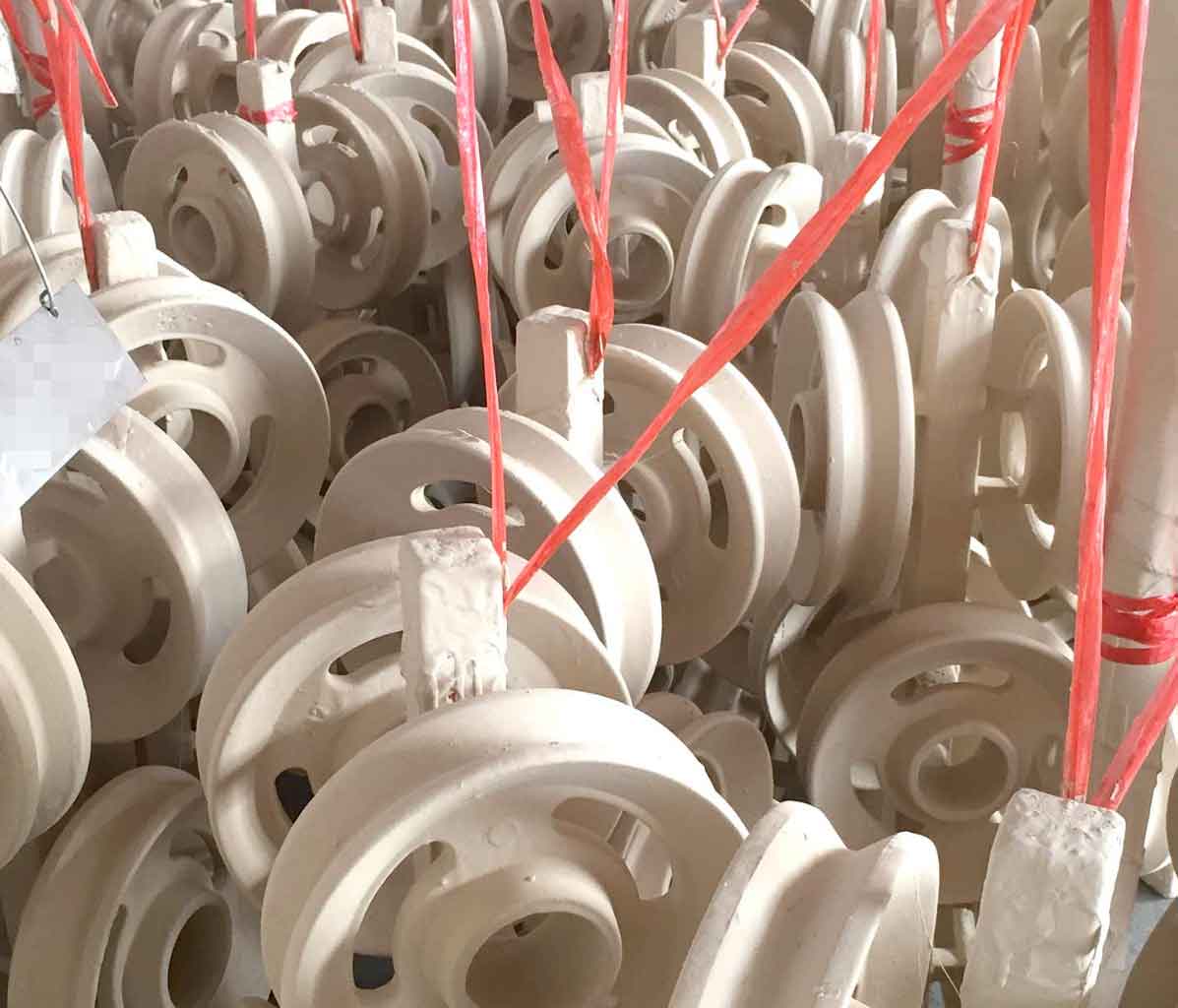Foundry, a traditional industry with a civilization history of 6000 years in China, is increasingly facing the challenges of the new technological revolution. Casting is an important industrial sector of the national economy. Castings account for a large proportion of mechanical products. At the same time, casting is an industry with difficult product quality assurance and high scrap rate.
With the development of reform and opening up and modern economic construction, as well as the demand of the highly competitive international market, the requirements for product lightweight and dimensional accuracy are becoming higher and higher, and it is required to continuously reduce costs, increase competitiveness, improve economic benefits, and speed up product upgrading and technological upgrading, It is of great practical significance to promote the technological transformation of China’s traditional industries and the healthy development of the national economy towards quality and efficiency. The traditional casting method is cavity casting method, which has the disadvantages of low productivity, high cost, complex production process, laborious sand cleaning, difficult reuse of old sand, serious environmental pollution and so on. In order to meet the needs of modern production and overcome the shortcomings of traditional casting methods, people continue to develop new casting methods.

In recent years, the remarkable lost foam casting process is a revolutionary breakthrough in modern casting technology, which is called “the casting technology of the 21st century” by the casting industry at home and abroad. This casting process is especially suitable for the production of thin-walled and complex castings with great technical and economic difficulties in traditional casting methods, and has been welcomed by people. In recent years, it has been developed and applied to the mass flow production of automotive and internal combustion engine castings in the United States, Western Europe, Japan and other advanced industrial countries.
